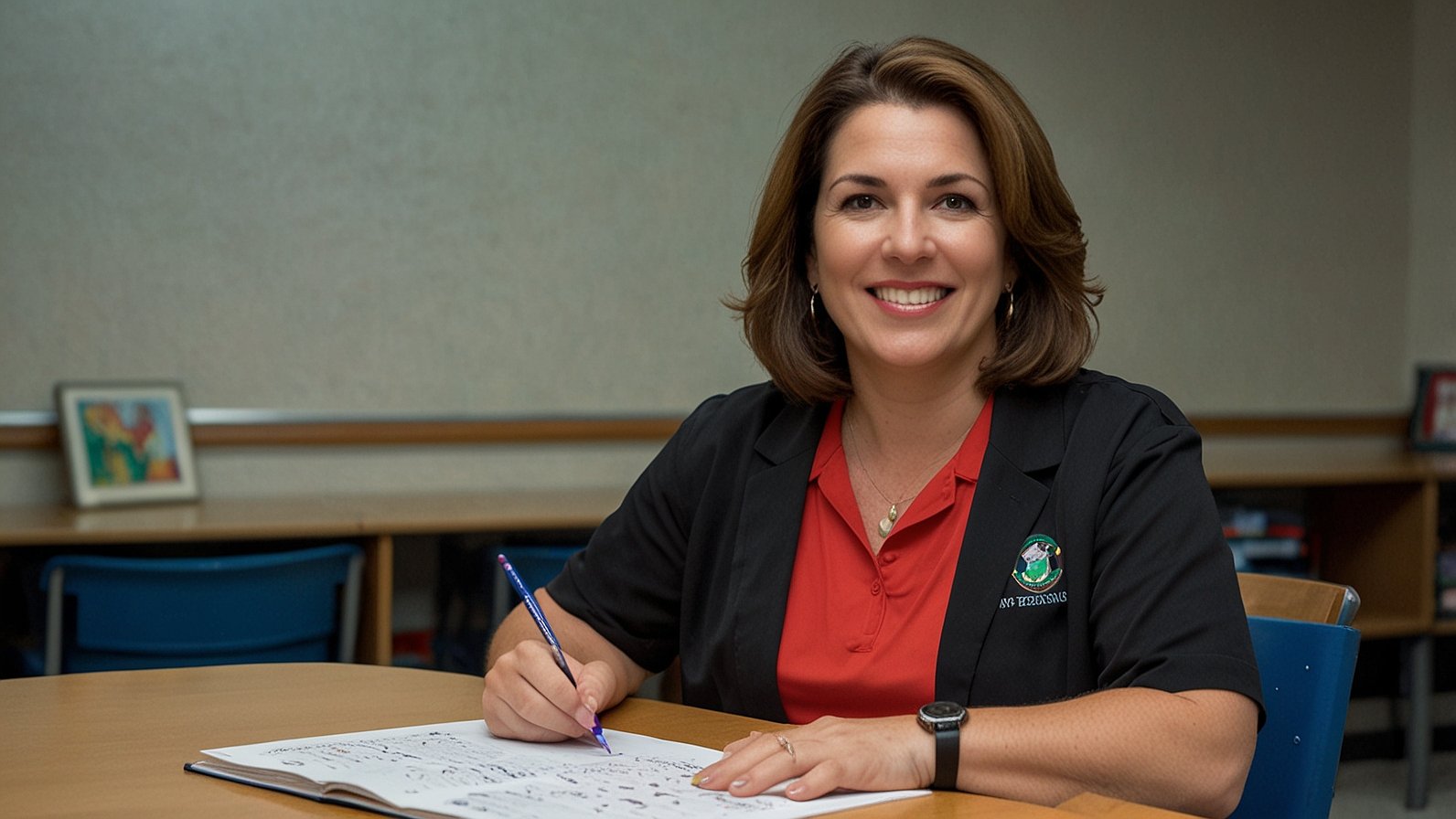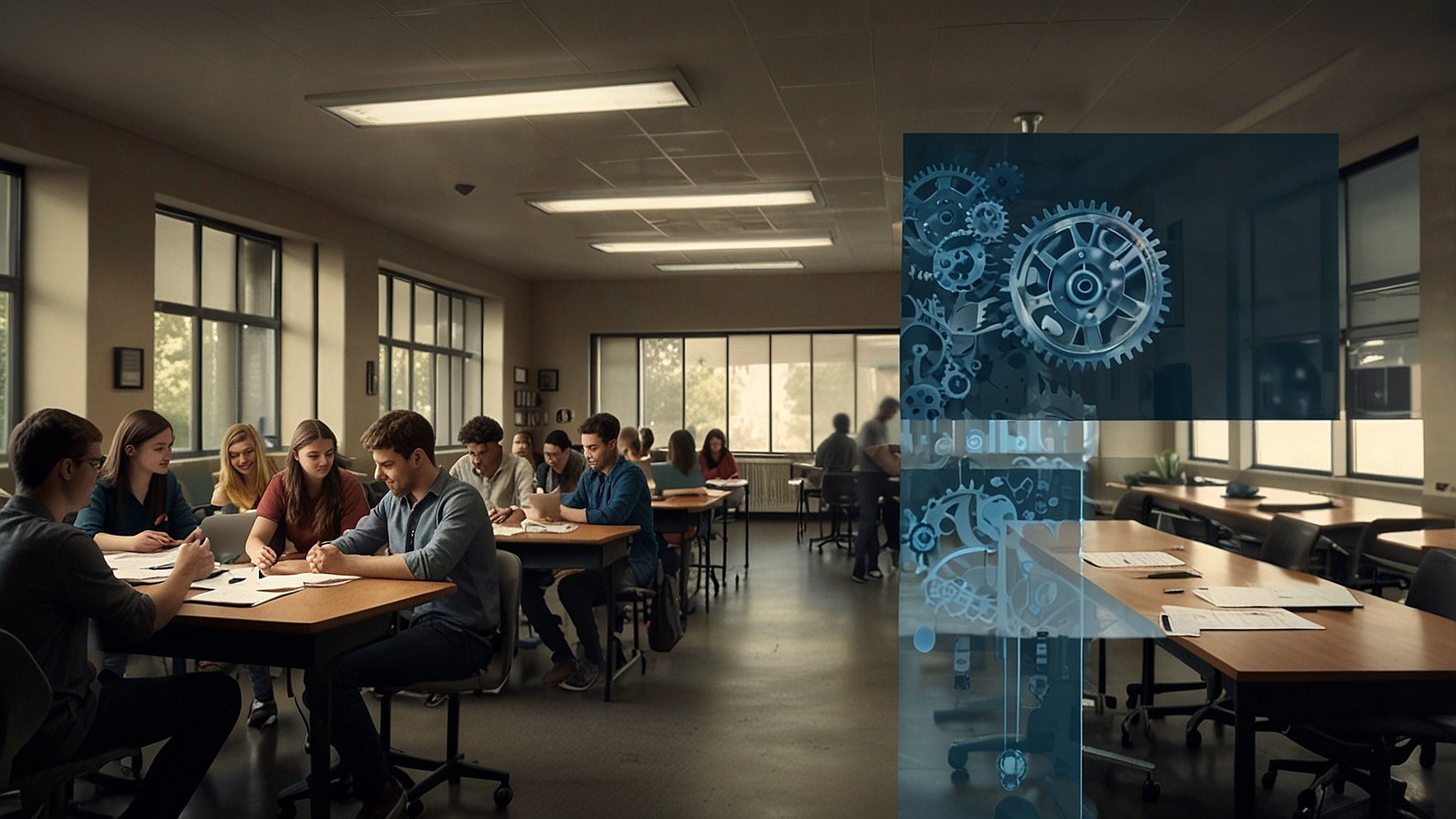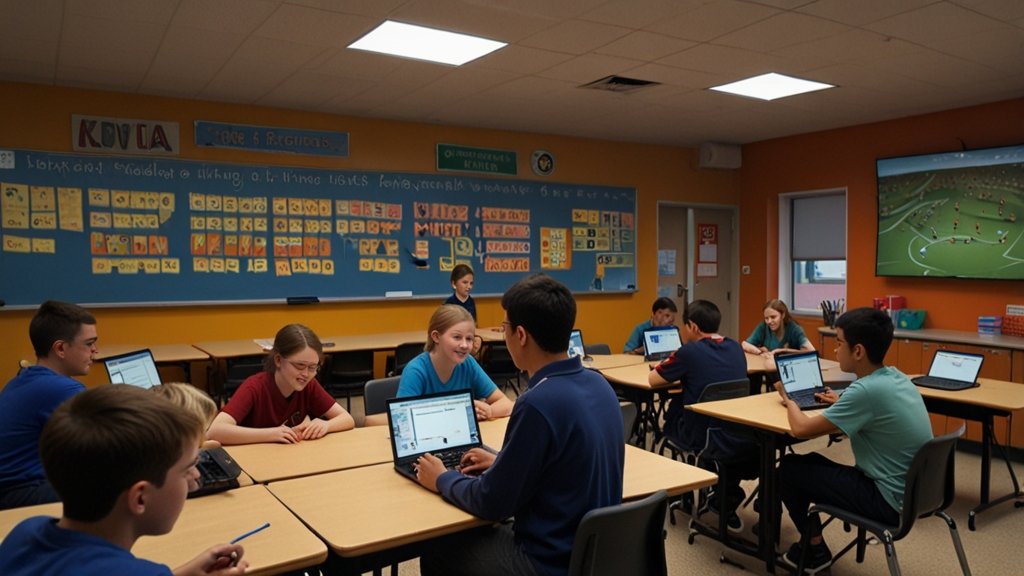Imagine a classroom where every student’s success is measured not by a standardized test, but by individual milestones—a first complete sentence sounded out, a social interaction navigated independently, a moment of frustration transformed into calm focus. This is the world of special education, a field powered by unsung heroes whose dedication forms the very backbone of inclusive learning. At the forefront of this mission within the West Windsor-Plainsboro (WWP) district is Tracy Carlisi, a special education aide whose many years of hands-on support have made a profound difference in the lives of countless students. The story of Tracy Carlisi WWP is not just one of job description; it’s a narrative of passion, patience, and profound impact.
Who is Tracy Carlisi? Beyond the Job Title
To simply label Tracy Carlisi as a “special-education aide” is to only see the tip of the iceberg. Her role is multifaceted, dynamic, and deeply personal. She is a cornerstone of support within the WWP school system, working tirelessly to ensure that students with diverse learning needs are not just included, but are truly set up to thrive.
- A Bridge Builder: Tracy often acts as a crucial bridge between the classroom teacher’s lesson plan and the individual student’s understanding. She translates complex instructions, breaks down tasks into manageable steps, and provides the one-on-one attention that allows a concept to finally click.
- A Champion of Independence: The ultimate goal of her work is to foster self-reliance. Her support is designed to be a scaffold—strong and secure when needed, but gradually removed as a student’s confidence and capabilities grow.
- A Trusted Advocate: For many students, Tracy is a safe harbor. She understands their unique challenges and communication styles, often anticipating needs and ensuring they feel heard and valued throughout the school day.
The WWP Approach: A Framework for Success
Tracy’s impactful work is amplified by the supportive environment of the West Windsor-Plainsboro school district. WWP has long been recognized for its commitment to educational excellence, and this extends deeply into its special education programs. The district’s philosophy aligns perfectly with the hands-on, student-centered approach that defines Tracy Carlisi’s service.
Key Pillars of the WWP Special Education Framework:
- Individualized Education Programs (IEPs): Meticulously crafted plans that are treated as living documents, constantly adapted to meet evolving student goals.
- Inclusive Classrooms: A strong emphasis on integrating students into general education settings whenever possible, with appropriate supports in place.
- Collaborative Teams: A culture where teachers, aides, therapists, and parents work as a unified team, sharing insights and strategies.
Tracy Carlisi is an integral part of this machine, ensuring the district’s high-level strategies translate into meaningful, day-to-day student experiences.
A Day in the Life: The Hands-On Methods of Tracy Carlisi
What does this “hands-on support” actually look like? It’s far more than just helping with schoolwork. It’s a dynamic interplay of academic, social, and emotional guidance.
Morning: Setting the Stage for Success
The day often begins not with academics, but with connection. Tracy might greet a student at the bus, helping them transition from home to school. She helps organize materials, previews the day’s schedule to reduce anxiety, and provides a calm, reassuring presence that says, “You are capable, and I am here to help.”
During Lessons: Differentiating in Real-Time
While a teacher instructs the whole class, Tracy works alongside specific students. This could involve:
- Using manipulatives to make a math problem tangible.
- Reading text aloud and checking for comprehension.
- Employing assistive technology, like speech-to-text software, to bypass motor skill challenges.
- Creating visual schedules to help a student understand the sequence of activities.
Her ability to think on her feet and adapt teaching methods in the moment is a critical skill.
Afternoon: Nurturing the Whole Child
Learning doesn’t stop at the classroom door. Tracy’s support extends to the lunchroom, the playground, and the hallway. She facilitates social interactions, coaches students through conflicts, and celebrates small victories—like successfully taking turns in a game or asking a peer to join them. This holistic focus ensures that students develop the life skills they need beyond academics.
The Ripple Effect: Impact on Students, Families, and the School Community
The work of a dedicated professional like Tracy Carlisi creates a powerful ripple effect. The impact is felt far beyond the individual student.
- For Students: The most direct impact is, of course, on the students themselves. They gain not only academic skills but also self-esteem, resilience, and a belief in their own abilities. They learn that their unique way of thinking is not a deficit, but a different strength.
- For Families: For parents and guardians, a skilled aide like Tracy is a partner and a source of immense relief. They gain confidence that their child is in caring, capable hands, which reduces family stress and fosters a stronger, more trusting home-school connection.
- For the Classroom: Tracy’s presence benefits the entire classroom. By ensuring that all students are engaged and supported, she allows the classroom teacher to focus more effectively on the whole group. She often models strategies that the teacher can then use with other students, raising the level of instruction for everyone.
Why Dedicated Aides Like Tracy Carlisi are More Important Than Ever
In an era where educational resources are often stretched thin, the role of the special-education aide has never been more critical. They are the frontline responders who ensure that inclusion is a reality, not just a buzzword. The long-term service of professionals like Tracy Carlisi WWP provides something invaluable: consistency. For a child who thrives on routine and trusted relationships, this consistency is the foundation upon which all learning is built.
Key Takeaways and How to Support Educational Heroes
The story of Tracy Carlisi is a powerful reminder of the human element at the core of education. It’s about connection, patience, and an unwavering belief in every child’s potential.
What can we do to support the Tracy Carlisis in our own communities?
- Acknowledge and Appreciate: A simple word of thanks to the support staff in your local schools can go a long way in validating their challenging work.
- Advocate for Funding: Support school budgets and policies that prioritize funding for special education and paraprofessional positions. These roles are essential, not expendable.
- Foster Partnership: If you are a parent, strive to build a collaborative relationship with your child’s entire support team, including aides. Open communication is key to success.
The dedication of individuals like Tracy Carlisi shapes not only individual futures but also the character of our communities. What aspect of this supportive role inspires you most?
You May Also Read: Garrik Muller: Engineer and Educator of Progress
FAQs
What exactly does a special-education aide like Tracy Carlisi do?
A special-education aide provides direct, hands-on support to students with disabilities. This can include academic help, behavioral support, assistance with daily routines, and facilitating social integration, all under the guidance of a lead teacher and in accordance with a student’s IEP.
How does the WWP district support its special education staff?
WWP supports its staff through professional development opportunities, a collaborative team-based approach involving teachers, therapists, and aides, and a district-wide commitment to implementing robust and individualized IEPs for every student who needs one.
What qualities make someone exceptional in this role, like Tracy Carlisi?
Key qualities include immense patience, empathy, strong communication skills, creativity in problem-solving, flexibility, and a genuine passion for helping children succeed on their own terms.
How can parents communicate effectively with their child’s special-education aide?
Establish open lines of communication from the start. Be clear about your child’s strengths and challenges, share what works well at home, and be a receptive listener to the aide’s observations from the school day. View the aide as a vital partner on your child’s team.
What is the difference between a special-education teacher and an aide?
The special-education teacher is typically certified and responsible for planning curriculum, leading instruction, developing IEPs, and overseeing the student’s educational program. The aide implements the plans under the teacher’s direction, providing the individualized support that allows the student to access that curriculum.
Why is consistency so important in special education?
Many students with special needs thrive on predictability and routine. A consistent aide provides a sense of safety and security, which reduces anxiety and allows the student to focus their energy on learning and development rather than adjusting to new people.
How does hands-on support benefit the entire classroom?
When a student receives effective one-on-one support, they are better able to engage with lessons and participate appropriately. This reduces disruptions, allows the classroom teacher to focus on teaching the entire group, and creates a more positive and productive learning environment for all students.










